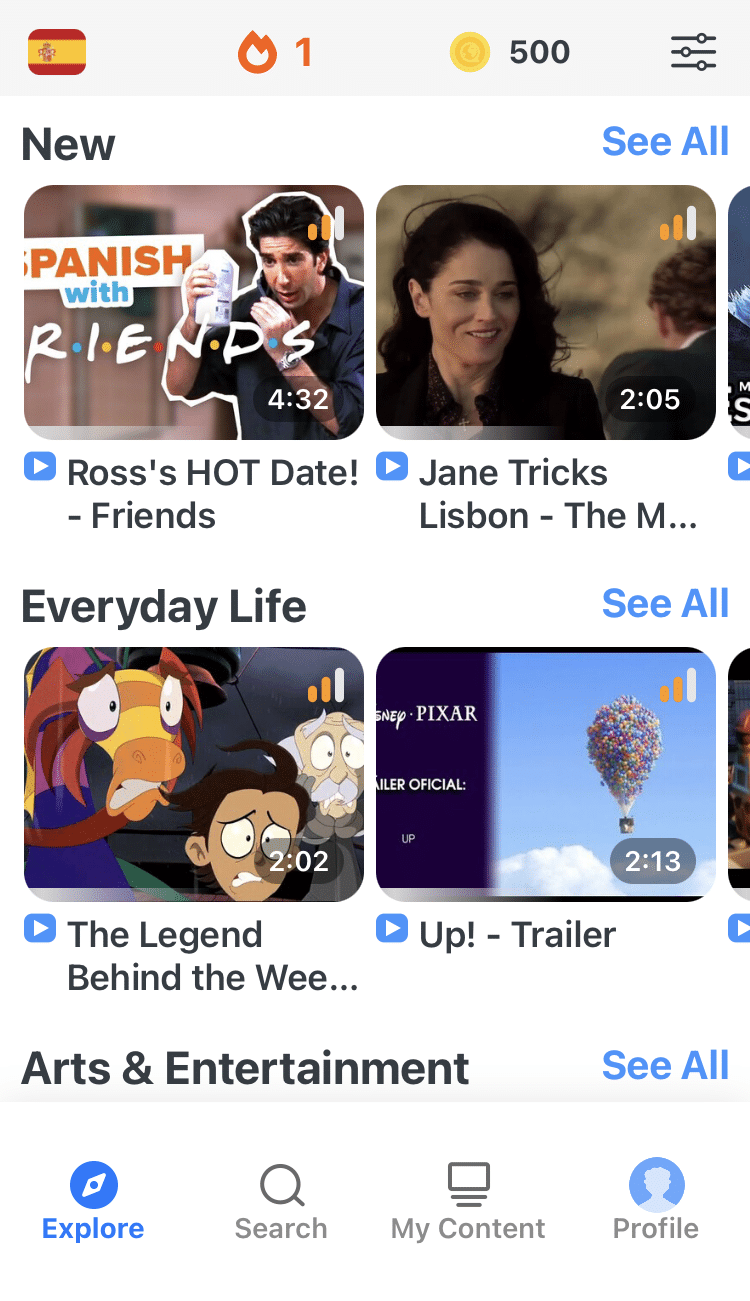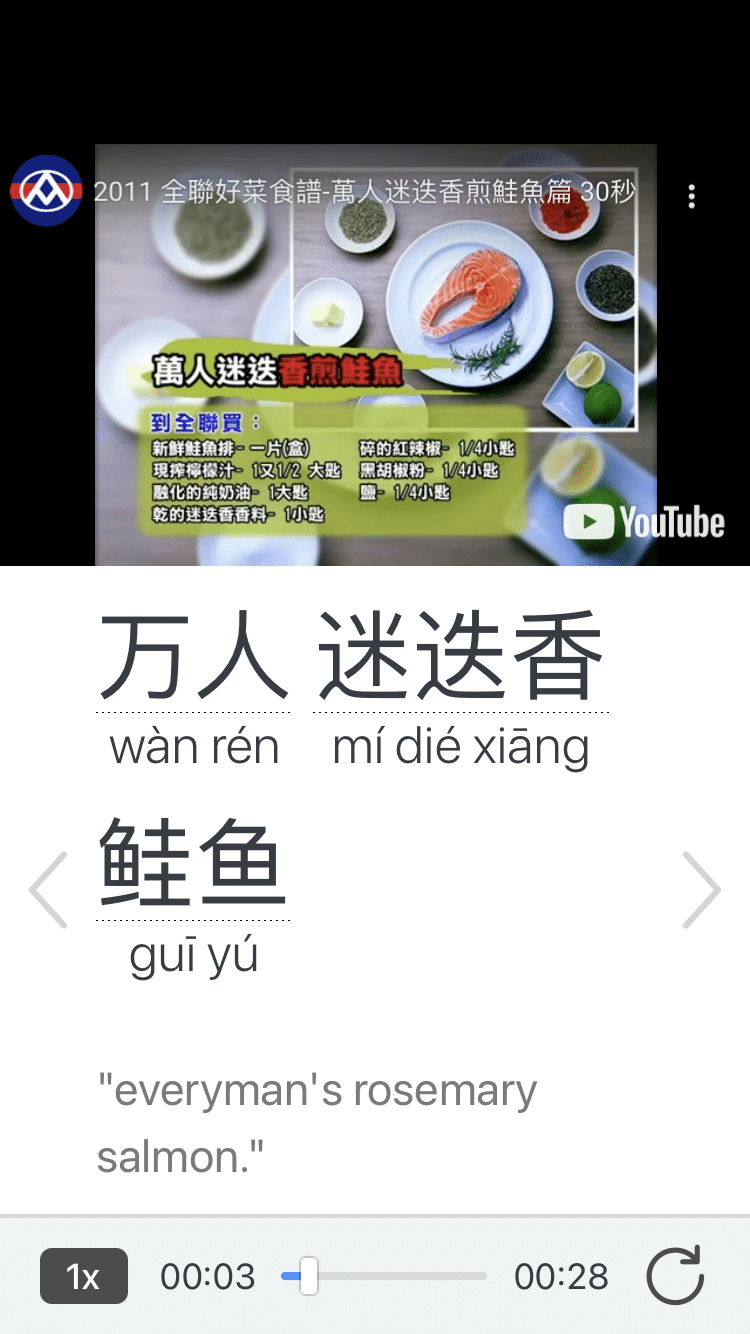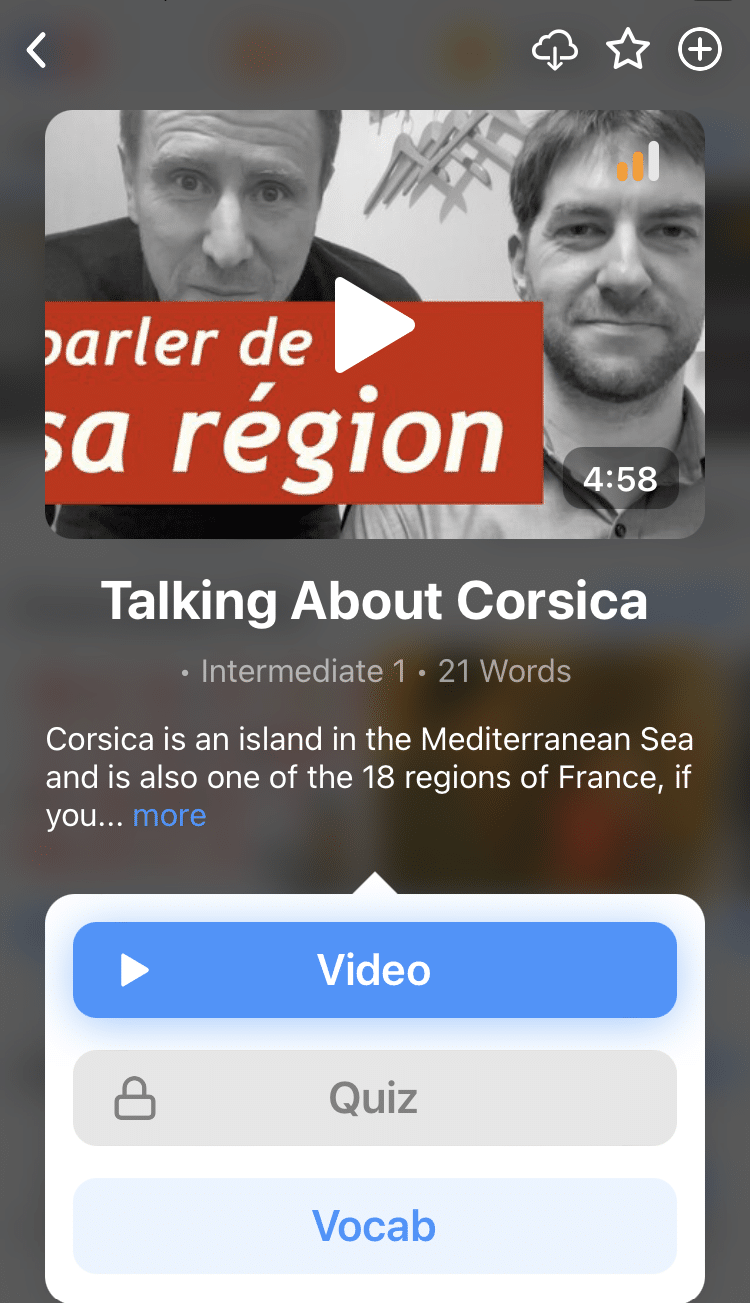
8 Ways to Make Language-learning Friends and Learn Together
Friends can help you learn a language!
A language friend is a buddy who speaks your target language or is learning the same target language as you.
Whether they’re someone you already knew from your daily life, an international penpal or someone you met online through a conversation exchange, it’s important to have the support of a language friend to keep things fun and help you when you need it.
In this post, we’ll talk about all the benefits of interacting with native speakers and having friends who are learning the same language as you.
Contents
Download: This blog post is available as a convenient and portable PDF that you can take anywhere. Click here to get a copy. (Download)
Why Learn a Language with Friends?
Learning a language with friends adds motivation. It can be tempting to quit when things get difficult, but learning with friends means there’s always someone else to hold you accountable. You’ll want to keep going just to avoid letting your friends down!
You can also discuss tricky linguistic rules with your language friends. Chances are that you’ll encounter some confusing rules, and having friends who are studying the same language lets you compare how you each interpret them. If you’re learning online with a native conversation partner, they can also explain how the rule works in practice.
Finally, learning with language friends gives you a consistent practice partner. In person, on the phone or online, whether you only interact in your target language or switch between it and your native one, having language friends is a helpful way to get valuable practice.
How to Learn a Language with Friends
1. Find new language friends online
If you don’t already have real-life friends who are learning the same target language as you, the internet has your back.
There are plenty of language exchange sites where you can partner with a native speaker as you learn each other’s language. Sites like Conversation Exchange help you find friends who speak the language you want to learn.
These language learning communities can help you find other people who are learning your target language. There are also apps that can help you connect with your smartphone!
Find people who share your interests and start getting all the benefits of learning a language with friends!
2. Use social media
Social media is an invaluable tool for language learners because it lets you exercise all the main skills: reading, writing, speaking and listening.
You can team up to post updates, message each other or even exchange video messages in your target language.
You can also connect with a language exchange partner on social media. You might even expand your network of people speaking your target language by connecting with your language exchange partner’s friends.
For a more immersive experience, try changing your language settings to your target language. To avoid confusing your friends and followers, you can start a new social media account and dedicate it solely to your target language.
3. Play games
Playing language-learning games is a great way to improve your skills while having fun.
You can play language games with your friends in real life, or find online games to play with your language exchange partner. Many online gaming websites offer chat rooms where you can engage in written conversation while playing.
Even if you’re not into learning with all the latest video games, you can still take advantage of the many simple, well-known games available online. For instance, PlayDrift offers multiplayer dominoes and backgammon with chat rooms.
When you’re playing games, conversation tends to flow more freely, so you might find yourself discussing topics you’d never have thought of if your sole focus had been on language practice.
4. Talk to each other in your target language
It may seem obvious, but conversing in your target language is one of the easiest ways to upgrade your skills. It can provide valuable speaking and listening (and even reading and writing) practice.
In public, this can be particularly fun. You can use your target language to talk with your friends without other people knowing what you’re saying. Be careful, though, because you never know who else might speak your target language.
With friends online, you can communicate through instant messages, connect with video chats or interact through voice messaging.
Texting is another underused way of interacting in a foreign language. Once you’ve installed the right keyboard on your iPhone or Android phone, it should be much easier.
5. Watch movies/TV in your target language together
Learning languages through watching movies and TV with friends gives you all the benefits of watching authentic media plus several handy topics for conversation practice. Who were your favorite characters? Which lines were the best? How did you feel about the movie?
Watching with subtitles offers an even more fruitful experience. Many streaming platforms include subtitles, but bilingual subtitles are ideal for maximizing your learning.
Of course, context is vital for understanding media for native speakers, and it won’t always come across just from the subtitle text. Before you tackle longer-length films and episodes, it may be worthwhile to practice with a series of shorter (but still comprehensive) vocabulary lessons.
The language learning program FluentU is one such resource that teaches with bite-sized authentic videos.
FluentU takes authentic videos—like music videos, movie trailers, news and inspiring talks—and turns them into personalized language learning lessons.
You can try FluentU for free for 2 weeks. Check out the website or download the iOS app or Android app.
P.S. Click here to take advantage of our current sale! (Expires at the end of this month.)
Each clip comes with dual-language interactive subtitles that explain how to use vocabulary terms in context, including slang and colloquialisms. You can apply what you learn from the program to your next communal watching session.
If your language friend happens to be a native speaker, they can also clarify any subtleties you may have missed or help you understand the cultural nuances.
6. Start a book club in your target language
If there’s one thing Oprah has taught us, it’s the value of book clubs.
You can read a book in your target language to get valuable reading practice, then discuss it with your language-learning friends for engaging conversation practice.
Try starting a book club with your real-life or online friends. Simply agree on a book you want to read and plan a date to discuss it. If you don’t have a group formed yet, you can try online book club platforms like Goodreads Bookclub Groups.
If your partner is a native speaker of your target language and wants to learn your language, they can try reading the book in your native language, while you read it in your target language. Then, you can discuss the book in both languages to ensure you both benefit from the experience.
7. Create challenges for each other
Nothing will fuel your fire quite like a little competition. Just agree on a goal with and see who can complete it first.
For instance, you might challenge each other to learn 100 new vocabulary words, or see who can write a short story in their target language the fastest.
Whatever your goal, the added motivation to win will help push you and your friend toward fluency.
8. Use Zoom to connect
Zoom is a fabulous thing. You can place online voice or video calls for free. This is a great way to connect with real-life friends when you can’t get together or to connect with online language friends.
Video calls are particularly helpful for language learners. You can use video calls to detect nuances in language, see what shape someone’s mouth makes to produce unfamiliar sounds, or watch your partner’s facial expression to understand the emotion behind a phrase. Sometimes, wildly gesticulating is the best way to get a point across in any language.
Learning a language with friends is some of the most fun you’ll ever have on the road to fluency.
Don’t be afraid to set your friendship and language goals high!
Download: This blog post is available as a convenient and portable PDF that you can take anywhere. Click here to get a copy. (Download)
And One More Thing...
If you dig the idea of learning on your own time from the comfort of your smart device with real-life authentic language content, you'll love using FluentU.
With FluentU, you'll learn real languages—as they're spoken by native speakers. FluentU has a wide variety of videos as you can see here:
FluentU has interactive captions that let you tap on any word to see an image, definition, audio and useful examples. Now native language content is within reach with interactive transcripts.
Didn't catch something? Go back and listen again. Missed a word? Hover your mouse over the subtitles to instantly view definitions.
You can learn all the vocabulary in any video with FluentU's "learn mode." Swipe left or right to see more examples for the word you’re learning.
And FluentU always keeps track of vocabulary that you’re learning. It gives you extra practice with difficult words—and reminds you when it’s time to review what you’ve learned. You get a truly personalized experience.
Start using the FluentU website on your computer or tablet or, better yet, download the FluentU app from the iTunes or Google Play store. Click here to take advantage of our current sale! (Expires at the end of this month.)






